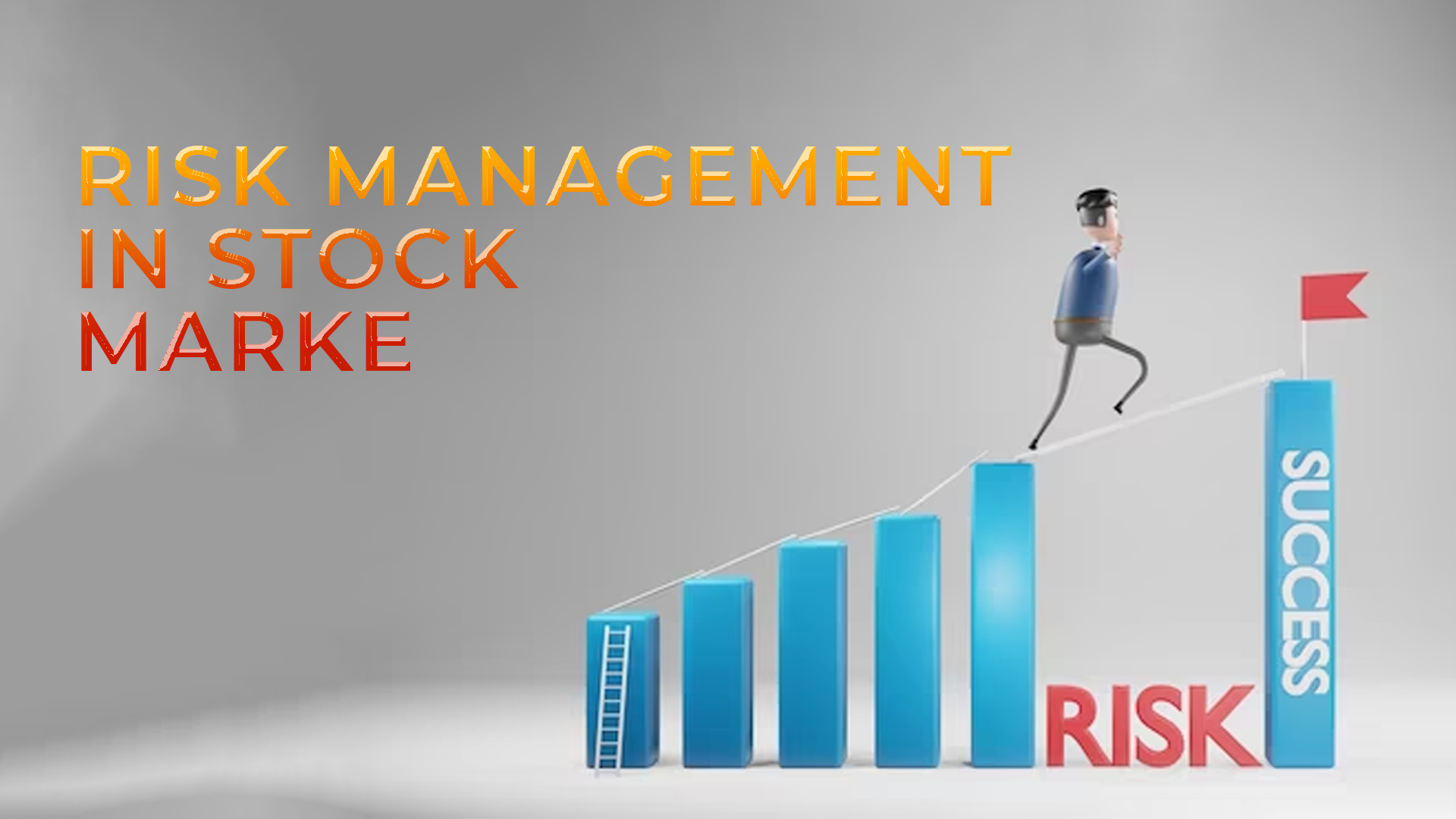- Stock market analysis can be done in different ways, such as fundamental, technical, quantitative, and qualitative.
- Risk management is done by implementing different preventive measures and controls in investment sectors.
- The most common way to prevent losses from unexpected market movements is through the diversification of the portfolio.
Stock market analysis is the process of evaluating an investment sector, a particular trading object, or sometimes the whole market. It is the practice of analyzing data and using information to make better investment decisions. There are two popular forms of stock analysis; fundamental analysis and technical analysis. Fundamental analysis focuses on data from sources such as economic reports, market share, financial records, and company assets. Technical analysis focuses on the present and past price action to predict future price movements.
Some factors can affect a stock price without any forecast or plan, such as a class action lawsuit, monetary policy changes, the death of a company’s CEO, terrorist attacks, mergers, stock splits, dividend announcements, etc. There are two more ways of analyzing stock market analysis; qualitative analysis and quantitative analysis. Qualitative analysis involves the study of market situations by viewing the product, visiting companies, and meeting management teams, whereas quantitative analysis is completely based on number valuation, where computational algorithms and mathematical models are used to analyze the prices in the stock market.
Risk Management
There are also risks emerging in the stock market analysis due to many factors such as economic conditions, market trends, company performance, and political events. Risk management works in four steps; risk identification, risk assessment, risk evaluation, and risk treatment. There are a few types of risk management;
- Liquidity Risk Management: This involves keeping enough cash reserves.
- Credit Risk Management: It involves the mitigation of the impact of default, such as through insurance or collateral.
- Operational Risk Management: This involves the minimization of operational failures impacted by contingency planning or disaster recovery.
- Market Risk Management: It involves strategies such as hedging, active portfolio management, and diversification to mitigate the impact of market fluctuations.
- Legal and Regulatory Risk Management: Controls should be guaranteed by relevant laws and regulations.
- Reputational Risk Management: It involves the implementation of measures that protect a company’s reputation.
Prevention of Losses from Unexpected Market Movements
Many unexpected market movements can crash the market, which also involve Black Swan Events that are impossible to predict. But some measures can prevent people or markets from suffering catastrophic consequences and losses. These ways are diversification of the portfolio, buying put options (like insurance policies for an investor’s portfolio), investment in high-quality companies, focusing on long-term investments, and using stop-loss orders (an order to sell a security at market price when it reaches a specific price).
Conclusion –
Stock analysis can be done through different methods, such as fundamental, technical, quantitative, and qualitative, to predict the prices of products in the companies. This is associated with some risks as well, due to different factors and events. But sometimes catastrophic consequences can be experienced because of Black Swan Events, which are unpredictable but easy to rationalize at the end. Risk management methods are identified to reduce the dangerous consequences. There are many preventive measures as well, from diversification to the use of stop-loss orders to reduce or prevent losses from unexpected market movements.
